Concrete is one of the world's most flexible and frequently used building materials. A solid base is crucial when it comes to successful concrete constructions. So, you may be wondering now if you can pour concrete over rocks. We've scoured the net and found the best answers for you.
A rock layer prevents fractures, improves water drainage, prevents low places in the subgrade, has a sturdy foundation, and keeps slabs level. Big rocks are not a concern if there is uniform concrete coverage and enough rebar to account for temperature changes. To help level the surface, you might need to bring some sand in from outside.
We'll also briefly discuss the factors to consider and the steps involved in pouring concrete over rocks. Please continue reading if you'd like to learn more.
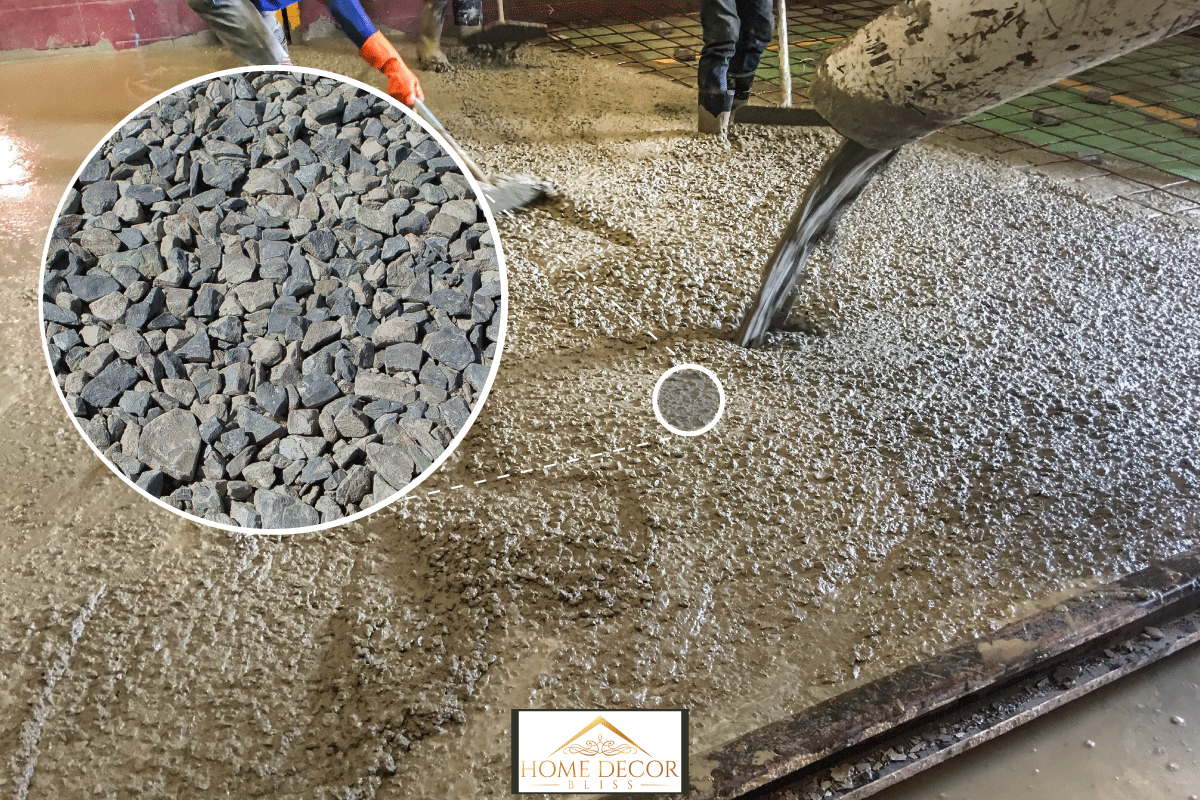
Can I Pour Concrete Over Rocks?
Concrete is one of the most often utilized construction materials in the modern world. This may be due to various factors, including its behavior, strength, affordability, durability, and flexibility, in addition to the wide range of uses it provides. One can distinguish concrete by the type of aggregate used, its characteristics, or the techniques employed to make it.
Concrete is utilized for its versatility. Due to its exceptional qualities, concrete is a dependable and long-lasting material for commercial and residential structures.
Concrete can be poured over rocks. Utilizing rocks has the additional benefit of serving as a moisture barrier. Drainage, however, is the main advantage.
Always remember that not all rocks are created equal. So, ensure that it is appropriately framed and level to begin with. You may use some sand to level the surface.

We may include affiliate links and curated AI content to highlight top design styles.
Factors To Consider Before Pouring Concrete Over Rocks
A solid foundation is crucial to prevent numerous issues, including cracking, area movement, inappropriate drainage, and poor shape. Planning and having all the information you need before placing the slab is essential because doing so without the proper materials can cause many problems.
When creating a sturdy foundation for concrete construction, there are numerous factors to consider:
1. Proportions
Make sure you have the proper proportions of cement, sand, and coarse aggregate before pouring because different applications require different concrete mixtures.
In typical structural concrete, the ratio of cement to water greatly influences the concrete's characteristics. All other factors being equal, more substantial concrete results from reduced water content. It undergoes a chemical reaction called hydration after being combined with water and placed, which causes it to solidify and harden.

Add water to get the concrete to the correct thickness. The ideal consistency for wet concrete is that of a thick, smooth paste. You may ultimately compromise the strength of your concrete slab by adding too much or too little water.
The surface of your base should be damp—much less moist surface compacts than an extremely dry surface. Spraying down your base every few layers before starting to condense is important.
2. Terrain Level
Ensure the ground is stable and level. If you were pouring concrete onto the ground, you would have to account for the terrain's dips and rises, which would lead to a more accurate estimate of how much concrete you'll need.
Create a frame with several wood planks around the region that will serve as the project's base. To prevent concrete from spilling over, you must thoroughly level these forms.
3. Compaction
A plate compactor is the most effective way to compact all the necessary rocks into the area. This device uses a hefty metal plate, resulting in a solid base that won't allow concrete to soak through.
Click here to see this Powerhouse plate compactor on Amazon.
4. Weather
Although concrete can be mixed and poured almost yearly, not all weather conditions are favorable for producing solid, crack-free concrete. The water composition may freeze and expand in freezing conditions. As a result of the expansion and the slower chemical reactions brought on by the colder temperatures, concrete may crack.
Water is required in the concrete mix to aid in the chemical curing process. Concrete may contract, become brittle, and crack without adequate moisture. Preparing the mixture at a greater water-to-mix ratio may seem an excellent way to prevent this.
Despite being relatively easy to pour, concrete's durability and endurance are greatly influenced by the care taken during the concrete pour, particularly in light of the weather.
How To Apply Concrete Over Rocks?
Learning to pour concrete might help you save money and develop your skills, but the results can be less than professional if you don't have the right tools and attention to detail.

Here are the steps on how to cement around rocks which can prevent problems with cracking and spalling:
1. Outline The Form
Mark and measure the area where you intend to pour concrete after choosing the spot. You can use stakes to lay out a slab; one should be placed at each corner.
2. Remove Unnecessary Stuff
Remove any impediments resulting in air pockets or an uneven concrete surface, such as sticks, twigs, odd-sized stones, and others.
3. Build Frame
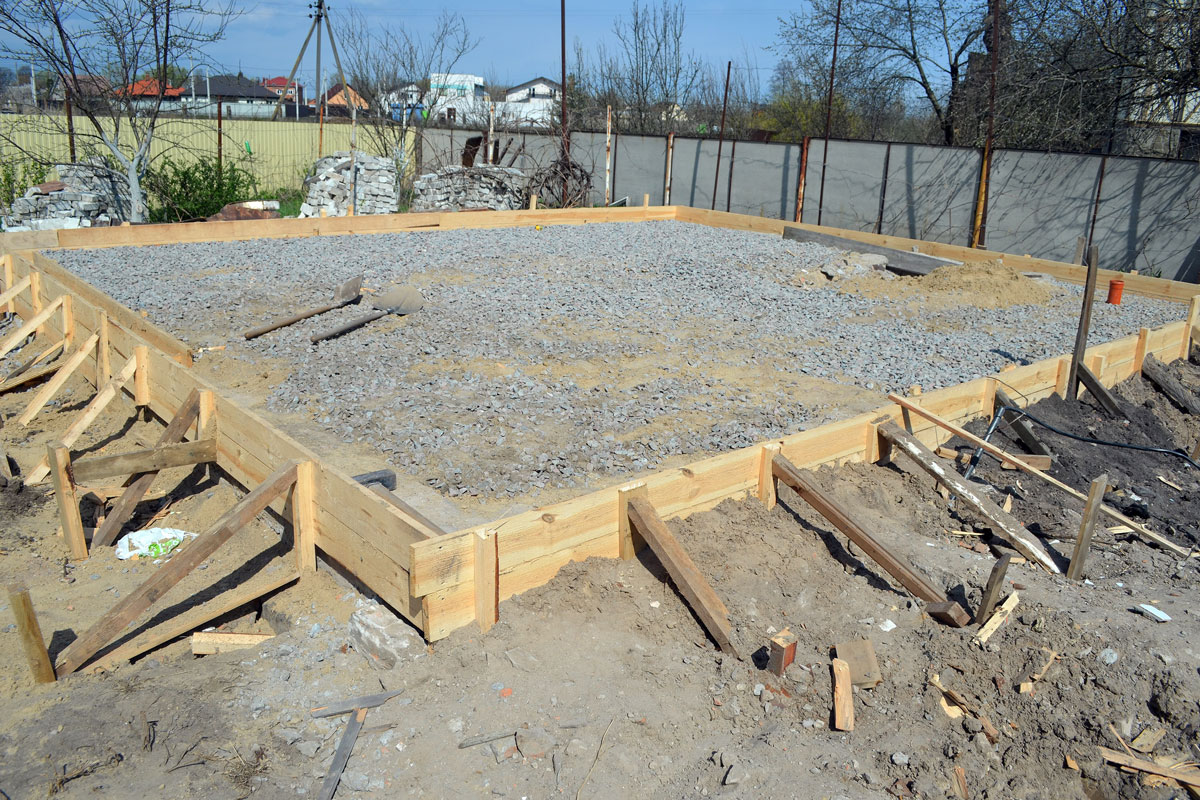
The next step in pouring concrete is constructing a form around the site's perimeter. To strengthen the shape, add a board to the edge of the form to reinforce any joints. Before proceeding to the following stage, double-check the form's level.
4. Mix Concrete
Mix the whole concrete to be set for pouring.
5. Pour Concrete
Make sure to pour enough concrete to fill the form boards. Then, scrape the concrete into the form as rapidly as you can. Work it into tight spaces and corners.
6. Level The Concrete
One can use a long piece of wood to level the concrete after it has been poured into a form. Hand-drag the wood from one end of the concrete project to the other using a back-and-forth sawing motion.
7. Seal The Concrete
Once the concrete has hardened, you should cover it with a concrete sealer that the concrete manufacturer has recommended. This method will prolong the concrete's lifespan.
Click here to see liquid sealant on Amazon.
Common Types Of Rocks Used In Construction
The rocks used in building construction should be strong and resilient. Each type of rock was generated under unique conditions, resulting in the production of a reasonably predictable group of minerals. Here are the common types of rocks that are used in construction:
1. Limestone
Limestone is used as a base for cement. This long-lasting igneous rock is frequently utilized on the exterior of public buildings and inside homes.
2. Granite
This type of rock is also utilized inside homes, such as for countertops, due to its polishing properties. It is strong and resilient, with a compression strength ranging from 100 MPa to 250 MPa. Additionally, it has strong weather resistance.
3. Marble
This altered rock is frequently used for decorative purposes, just like granite. Columns, floors, or steps are its frequent applications.
Marble has a compressive strength that ranges from 70 MPa to 75 MPa. Marble stones are the least porous and quite sturdy.
4. Basalt
This igneous rock is frequently utilized as concrete aggregates or for paving roads. Additionally, they are employed in masonry projects. This rock has a compression strength ranging from 200 to 350 Mpa. Basalt is immune to moisture, extremely hard, and incredibly weather resistant.
Do You Put Plastic Under Concrete?
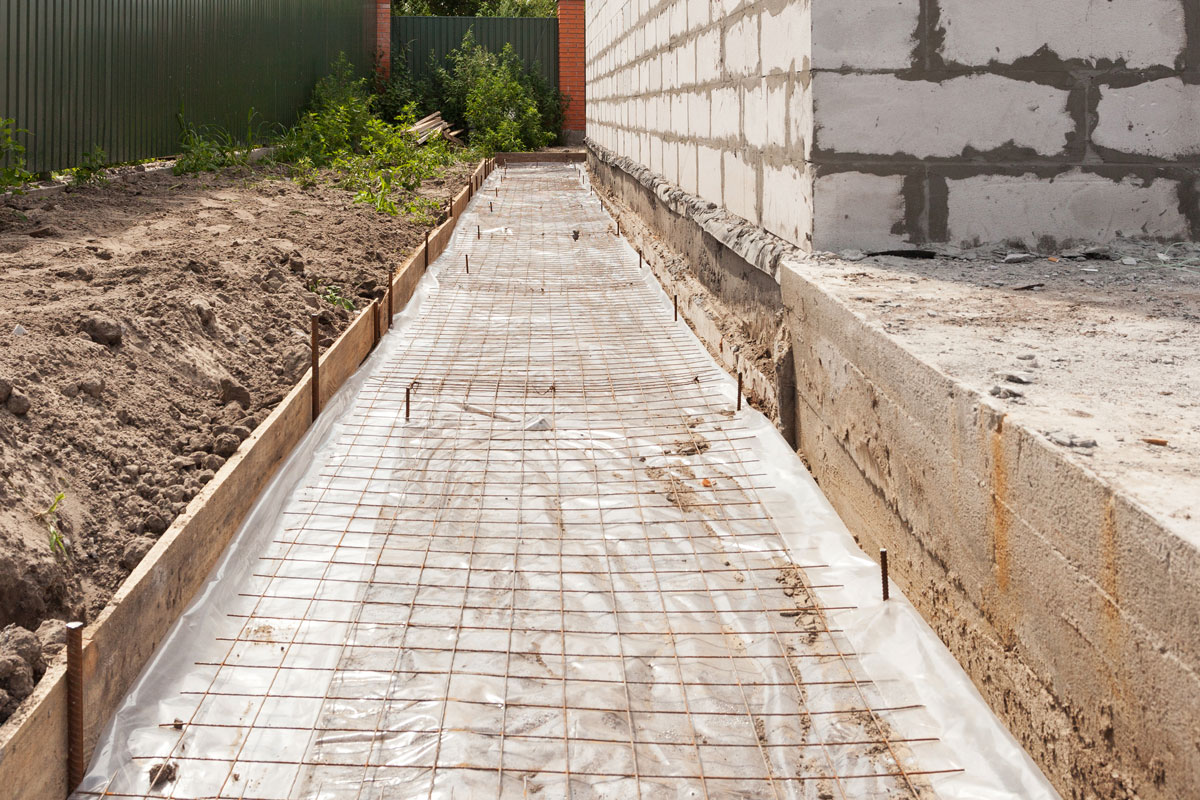
Water collecting beneath the slab and rising into the slab is one of the significant dangers of dumping directly onto the ground. For protection, you can install a vapor barrier beneath to prevent moisture from seeping into concrete slabs. Ensure the vapor barrier is directly beneath the slab, above the gravel, rigid foam, and both.
Can I Pour Concrete Directly On Dirt?
You can pour concrete over the dirt. However, in regions where it can freeze, it can cause cracks in the concrete. Use a gravel subbase to safeguard the structural integrity of the concrete to stop this from happening.
In Closing
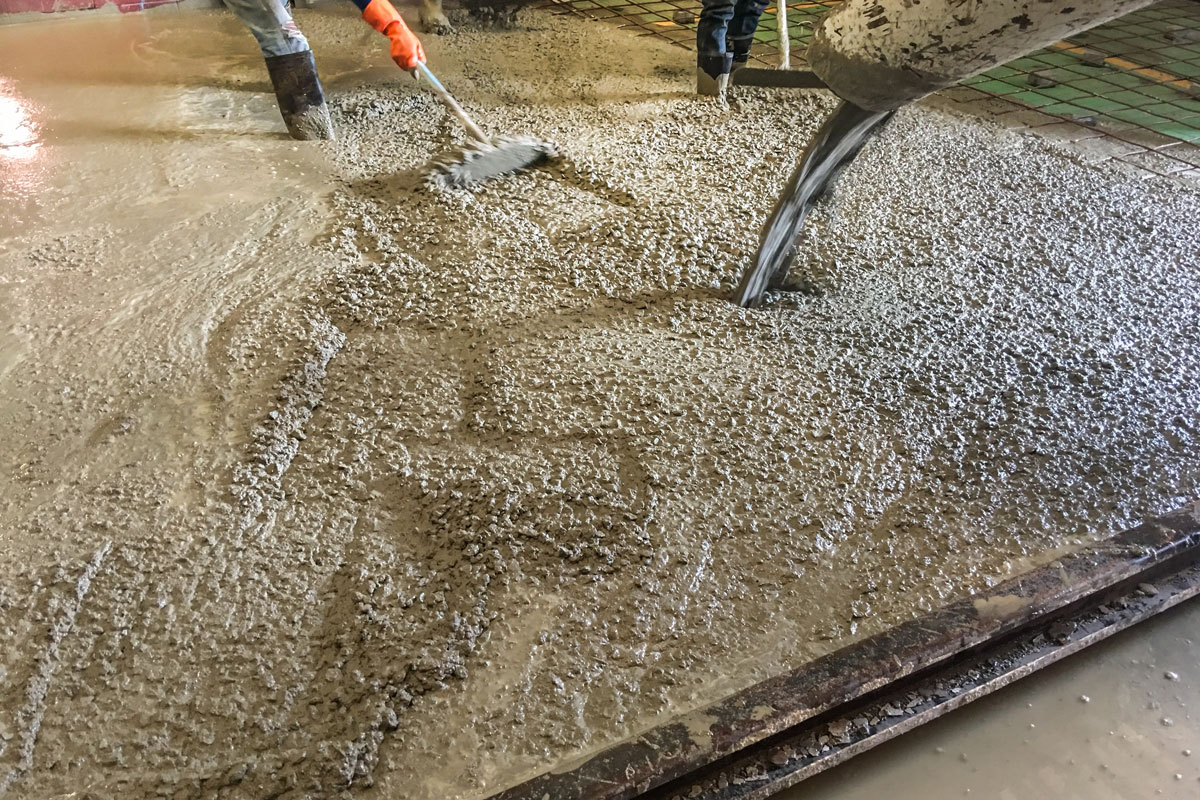
Concrete can be any size or shape and is robust, resilient, low maintenance, fire-resistant, and easy to use. Using a vapor barrier, your compacted rock will now have an additional layer of foam to function as a barrier against moving and cracking. A correctly constructed slab will last for a very long time.
We appreciate you taking the time to read this. It should have addressed all of your concerns about pouring concrete over rocks. If you feel inspired, you can check these other posts:



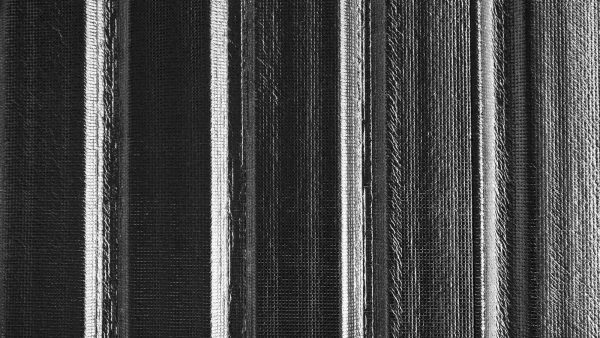
![Get Your Roof Ready: How to Apply Aluminum Roof Coating [Step by Step Guide]](https://homedecorbliss.com/wp-content/uploads/2023/08/shutterstock_1624204837-600x400.jpg)
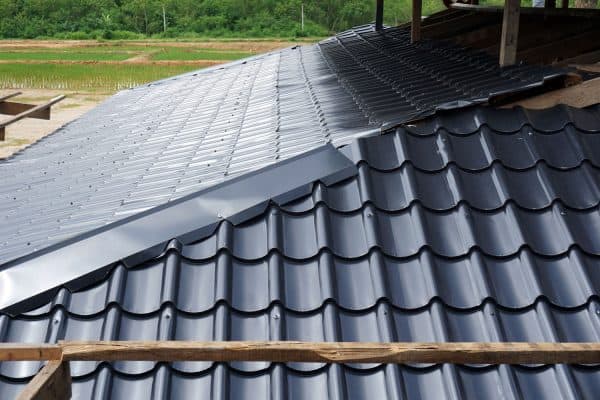
Is it normal for rocks to spill out of the sides or the concrete or are the sides supposed to be solid? I have a situation because it looks like rocks are coming out from the bottom of the driveway.